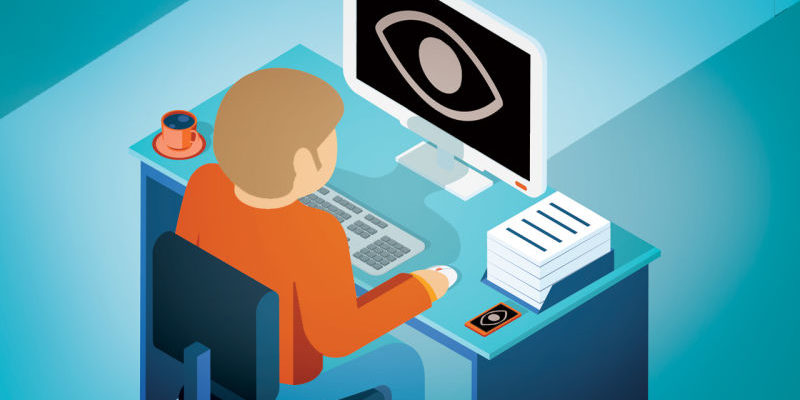
In today's digital age, protecting your privacy is more important than ever. With the amount of personal information we share online, it's crucial to take steps to erase your online footprint and minimize the risk of your data falling into the wrong hands. Whether you're concerned about identity theft, or data breaches, or simply want to maintain a higher level of privacy, following a step-by-step guide can help you effectively clean up your digital presence.
Another important step in erasing your online footprint is to remove yourself from data broker websites that collect and sell personal information. These websites often display your address, phone number, email address, and other personal details that you may not want to be easily accessible to the public. You can opt out of these websites by contacting them directly or using online tools to help remove my info from the internet.
The first step in erasing your online footprint is to conduct a thorough audit of your current digital presence. Start by searching for your name on popular search engines like Google to see what information is readily available about you online. Look through social media profiles, websites, forums, and any other platforms where your personal information may be shared. Take note of any sensitive information that you would like to remove or update.
Next, review your social media accounts and adjust the privacy settings to limit who can see your posts and personal information. Consider deleting any accounts that you no longer use or that contain outdated information. Check for any third-party apps or websites that are connected to your social media accounts and revoke access to ones that you no longer use or trust.
After cleaning up your social media accounts, it's important to review and update your online accounts and profiles across various platforms. This includes email accounts, online shopping accounts, financial accounts, and any other online services that you may have signed up for. Update your passwords to create unique, strong passwords for each account, and enable two-factor authentication wherever possible to add an extra layer of security.
Additionally, consider using a virtual private network (VPN) to protect your online activity and mask your IP address. A VPN encrypts your internet connection and routes it through a secure server, making it difficult for third parties to track your browsing habits and location. This can help protect your privacy while browsing the internet and prevent websites from collecting data about you.
When communicating online, be cautious about sharing personal information and be mindful of the privacy settings on messaging apps and email services. Avoid clicking on suspicious links or downloading attachments from unknown senders, as these could be phishing attempts to steal your personal information. Use encrypted messaging apps and email services to ensure that your conversations are secure and private.
Lastly, regularly monitor your online presence and conduct routine checks to ensure that your personal information is secure. Set up Google Alerts for your name or other identifying information to receive notifications whenever new information about you is posted online. Stay informed about data breaches and cybersecurity threats, and take immediate action if you suspect that your personal information has been compromised.
By following these steps and taking proactive measures to protect your privacy, you can effectively erase your online footprint and reduce the risk of your personal information being exposed or misused. Remember that maintaining your privacy online is an ongoing process, so it's important to stay vigilant and regularly update your security measures to stay one step ahead of potential threats. Taking the time to clean up your digital presence now can help safeguard your personal information and protect your privacy in the long run.